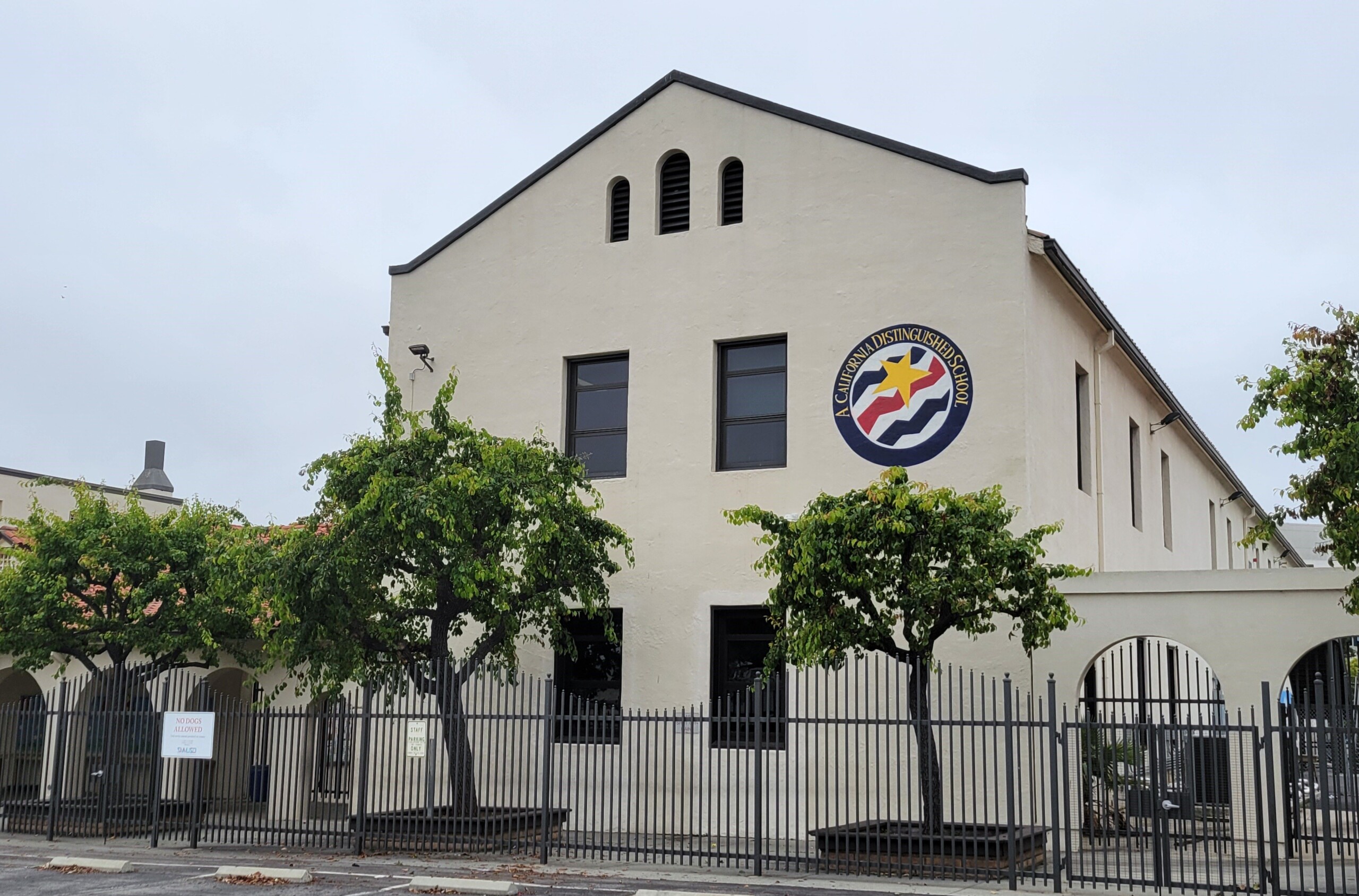On Wednesday, the Santa Monica-Malibu Unified School District (SMMUSD) Board voted to approve changes in the construction plan for McKinley Elementary. During initial tests on the McKinley site last year, toxic chemicals were found in the soil, prompting a response from the district in concert with environmental oversight agencies. State officials said the hazardous materials likely originated from a nearby dry cleaning business.
Dry cleaners have come under fire in California for decades of improper hazardous material disposal. According to the Department of Toxic Substances Control (DTSC), there is some form of contamination at 75 percent of dry cleaning sites. Chemicals have been flushed down drains or poured outside of dry cleaning businesses leech into the soil and spread, eventually being released as a vapor into the air. According to the LA Times, the dry cleaning business state officials have identified as the likely responsible party for contamination at McKinley has so far denied culpability. TJ Cleaners, the dry cleaning business across the street from the school, said it conducts dry cleaning off-site and was unaware of any contamination.
Perchloroethylene (PCE, also known as tetrachloroethylene), a cleaning solvent widely used by dry cleaners, was banned in California in 2023. According to the Environmental Protection Agency (EPA), there is sufficient evidence that exposure to PCE causes neurotoxicity and cancer. The EPA determined the chemical causes “Unreasonable risk of injury to health under its conditions of use.”
An initial environmental review of the site found that PCE levels at the McKinley construction site were 10 times higher than the state limit. Other chemicals linked to cancer were also found at the site and exceeded state limits. Regulators said disturbing the soil with construction and releasing those vapors into the air might cause public health risks.
In the time since the hazardous materials were discovered at McKinley, the district has attempted to create a plan that would enable construction on the site to begin this summer and continue through the school year.
The resolution on the agenda last night sought to terminate the district’s environmental oversight agreement and school cleanup agreement with the DTSC. Neighbors of the elementary school concerned about the impact of the construction on their health said the district was not fulfilling its promise to the community.
Steve Massetti, manager of the district’s bond construction program, said the decision to change the plan regarding the excavation of hazardous materials was made to adhere to the construction timeline – if the district remained in the DTSC agreement, construction would likely be delayed by a year. The previous plan approved by DTSC, in accordance with the Air Quality Management District (AQMD) prohibited any construction on the site while students were on campus. Massetti said AQMD refused meetings with the district and DTSC and refused to grant them an exemption to the rule. The AQMD’s refusals prompted the district to exit its voluntary agreement with DTSC.
An attorney working with the district, Stan Barankiewicz, said the certification the DTSC would have provided through this agreement only impacts the district’s ability to receive state funding for the hazardous materials cleanup. The district is no longer pursuing state funding for the project, so the DTSC agreement is no longer necessary.
Massetti said the resolution was not abnormal, though it may seem that way. The district was still in compliance with regulatory standards and their new removal action work plan (RAW) had been approved by DTSC that day. The original solution to the hazardous materials was excavation and reuse of the soil. Massetti argued the new plan – to excavate and completely remove the soil, then refill with clean soil – was potentially safer because it required less contact with the contaminated soil overall.
The riskiest period of construction, Massetti told the board, would be conducted in the three weeks remaining of summer before elementary students returned to campus. Massetti estimated that the excavation and removal of the contaminated soil beneath the planned construction site would take less than two weeks.
During public comment, neighbors of McKinley questioned the safety precautions that would be taken in the removal process. John Agoglia said the district was not protecting the health of families in the neighborhood with this decision. Neighbors with small children would be affected by the excavation process that he said now lacked sufficient oversight. In its rush to build at McKinley, the district was discarding crucial guidance from environmental regulators.
“You’ve got to poison some families to build a school? That’s unacceptable,” he said.
Alarm bells raised by the district breaking with a regulatory agency seemed to be quelled at least on the board level when they unanimously voted to approve the resolution.
The overriding issue at hand, one which the district can’t solve, is the presence of toxic vapors in the soil. A representative from the district’s environmental consultant NV5 said they could only mitigate the presence of the chemicals that exist as vapor in the soil and protect the future building.
Eric Fraske, the NV5 project manager at McKinley, said a vapor barrier would be constructed at the base of the building to prevent vapors from entering and accumulating in the new school building. The vapor barrier would not protect the whole school site and would create alternative venting paths for the chemicals. Off-gassing, the process of the chemicals being released as vapors into the air, would continue to occur.
“We’re not really cleaning it up so much as protecting the new building while the off-site source is identified and cleaned up on their end,” Fraske told the board. Because the chemicals exist in between the individual soil particles, digging up the soil won’t remove the contamination. He said the chemicals will off-gas when the soil is removed, but the concentrations of the hazardous chemicals will be low.
On-site monitoring during construction will ensure that dust and chemicals do not reach unsafe levels for workers and neighbors of the school, Massetti and Fraske said. Along with constant monitoring, physical barriers to lessen the spread of dust and noise and spraying the worksite with water will suppress the release of chemicals and dust into the air.
Fraske described regulatory standards as “Conservative,” and said the decontamination process on-site would be thorough to prevent any spread off-site. Others in L.A. County say state environmental standards for dry cleaners aren’t rigorous enough, leaving large swaths of residential areas polluted.
Board President Jennifer Smith said, “We are very aware of the concerns and we would really like to mitigate them to make sure that the community is safe.”
Excavation at McKinley Elementary is expected to begin imminently as the last weeks of summer march on. Board members asked that daily monitoring data at the worksite be made available to the public.
Photo by Publisher and McKinley neighbor Todd Flora.
Stay informed. Sign up for The Westside Voice Newsletter
By clicking submit, you agree to share your email address with Westside Voice. We do not sell or share your information with anyone.








